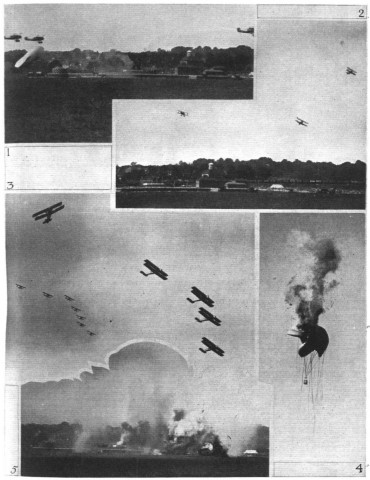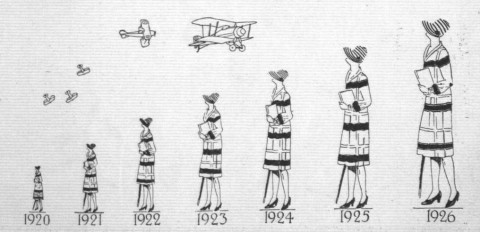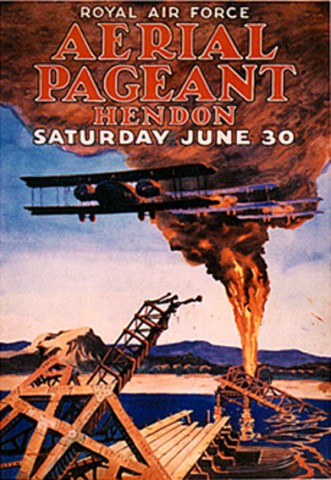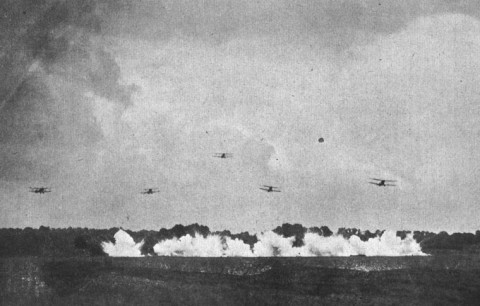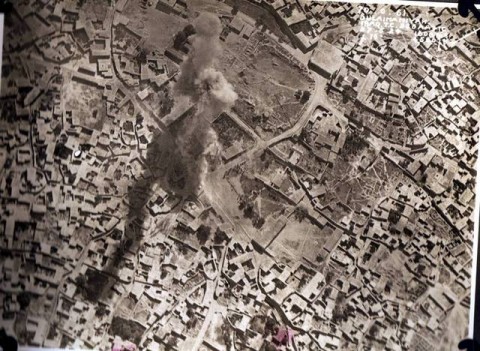Ending Hendon — IV: 1929-1931
I may or may not have been right in guessing that the Soviet Union was the pretend enemy in the 1928 RAF Display set-piece, but as we shall see I think I’m on safer ground with the next year’s edition (for some reason held slightly later in the summer than usual, on Saturday, 13 July […]


